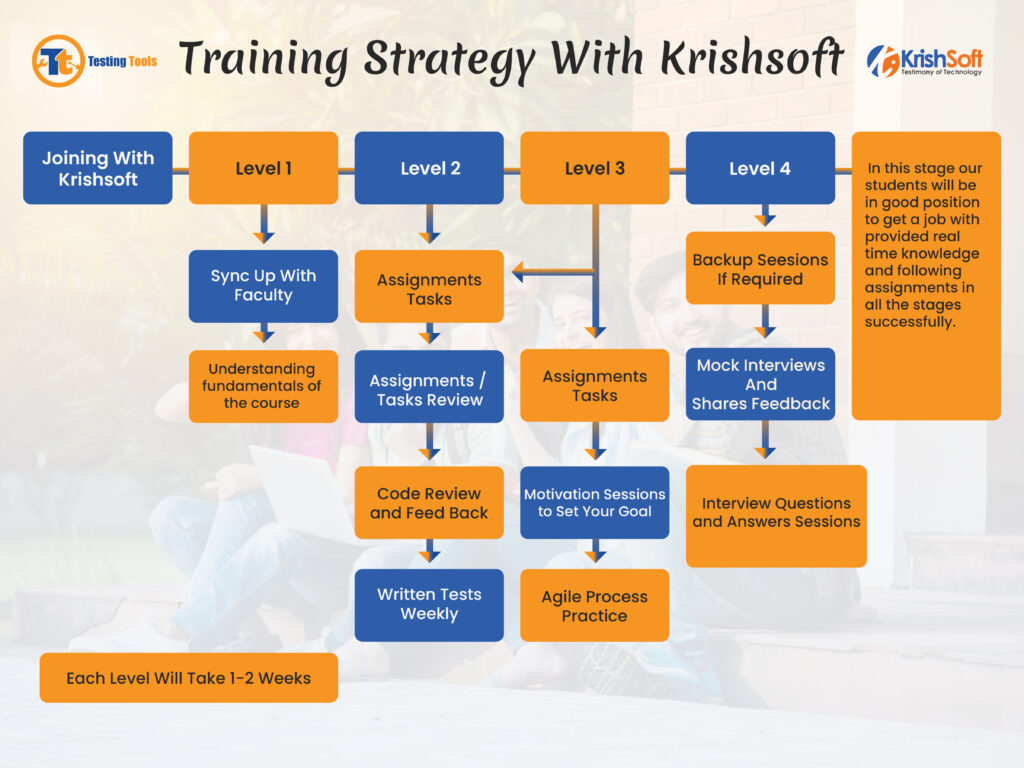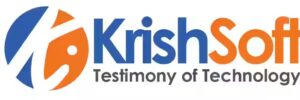Azure Data Engineering Course Content
- Introduction
- Azure Fundamentals
- IaaS
- PaaS
- SaaS
- Subscription and Accounts
- Resource Manager
- Azure Portal & Cloud Shell
- Managing Costs & Budgets
- Azure Regions and Availability Zones
- Networking concepts & Security
- Azure Virtual Machines
- Azure Data Lake Storage
- Definition
- Azure Data Lake-Key Components
- How it stores data?
- Azure Data Lake Storage Gen2
- Why Data Lake?
- Lab: Data Lake Architecture (real time use cases)
- Azure SQL
- Azure SQL DB as service
- Azure SQL Pools
- Azure SQL on VM
- Azure Managed Instance
- Lab: Real time use case
- Azure Data Factory (ETL/ELT)
- What is ADF?
- Pipelines
- Activities
- Datasets
- Linked Services
- Integration Services
- Triggers
- Lab: Real time use case
- Azure Synapse Analytics (SQL Datawarehouse)
- What is Azure Synapse Analytics?
- Synapse Architecture
- Serverless SQL Pools
- Dedicated SQL Pools
- Apache Spark Pool
- Lab
- Azure Databricks
- What is Azure Databricks?
- Workspace
- Spark Overview
- Databricks Architecture
- Databricks Data Science & Engineering
- Lab
- Datawarehouse core concepts
- Slowly Changing Dimensions (SCD & types)
- Data modelling (Star & Snowflake Schemas)
- Facts
- Dimensions
- Hands on with real time use case


